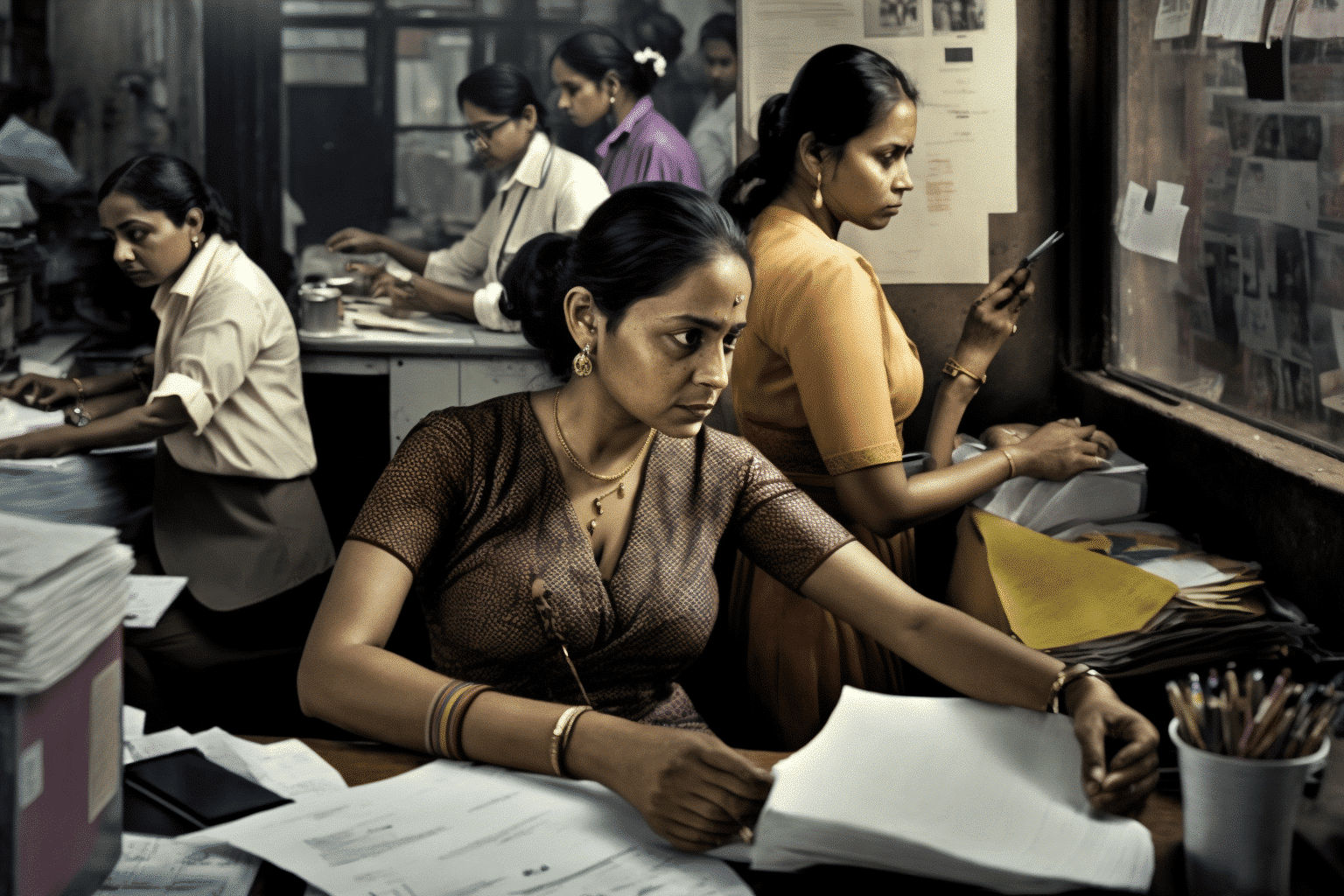India is on the verge of overtaking China as the world’s most populous country, and its economy is one of the fastest-growing globally. Yet, the number of Indian women in the workforce, already among the 20 lowest in the world, continues to decline. This trend presents a significant challenge for India’s economic aspirations, as the country’s estimated 670 million women could be left behind in its population growth.
The female employment rate in India peaked at 35% in 2004 and dropped to around 25% in 2022, according to Rosa Abraham, an economist at Azim Premji University. However, official data only counts those who report at least one hour of work outside the home in the previous week as employed. The Center for Monitoring the Indian Economy (CMIE) found that only 10% of working-age Indian women in 2022 were used or seeking employment. Consequently, only 39 million women participate in the workforce, compared to 361 million men.
India’s national jobs crisis and cultural norms that assign caregiving roles to women while stigmatizing work outside the home contribute to this gender gap. While women have gained better access to education and are now almost on par with men, education has not translated to employment for most women.
According to Mahesh Vyas, director at CMIE, the working-age population continues to grow, but employment has not kept pace, resulting in a decline in the proportion of people with jobs. Furthermore, a severe slowdown in high-quality jobs over the last decade has discouraged women from joining the workforce.
Although increasing female workforce participation could significantly benefit India’s economy and family incomes, social pressures continue to hinder women from pursuing available job opportunities. Direct solutions like improved childcare facilities and transportation safety still need to be available.
A 2018 McKinsey report estimated that India could add $552 billion to its GDP by increasing its female workforce participation rate by 10 percent. As Sheela Singh prepares to leave Mumbai, she remains determined to return to the city and find work again, hoping to regain her independence and sense of self.
Despite the enormous potential benefits of increased female workforce participation, India faces several hurdles in closing the gender employment gap. To overcome these challenges, the government and society must work together to promote female workforce participation.
One critical step is addressing societal norms and cultural beliefs that hinder women from pursuing careers outside the home. This effort requires widespread public education and awareness campaigns to shift attitudes and promote gender equality. Additionally, providing incentives for families to support their daughters’ education and careers can help change the long-standing cultural perception of women as primary caregivers.
Another essential measure is implementing policies that facilitate work-life balance for women, such as flexible work hours, remote work options, and extended maternity leave. Furthermore, promoting safe transportation options and establishing more childcare facilities can alleviate women’s concerns about their children’s well-being while they work.
Finally, vocational training and skill development programs should be tailored to women’s needs, equipping them with relevant skills for the job market. These initiatives can boost women’s confidence in their abilities and help them secure better-quality jobs, making it more attractive for them to join the workforce.
India’s government and private sector should also collaborate in creating job opportunities in industries where women are underrepresented. By actively promoting and supporting women in leadership roles, companies can break down gender stereotypes and foster a more inclusive work environment.
Closing the gender employment gap in India will not happen overnight. However, through concerted efforts by government, society, and businesses, the country can gradually bridge this divide and harness the full potential of its female population. India can boost its economic growth and foster a more equitable and prosperous society by ensuring that women have equal opportunities and access to quality jobs.




